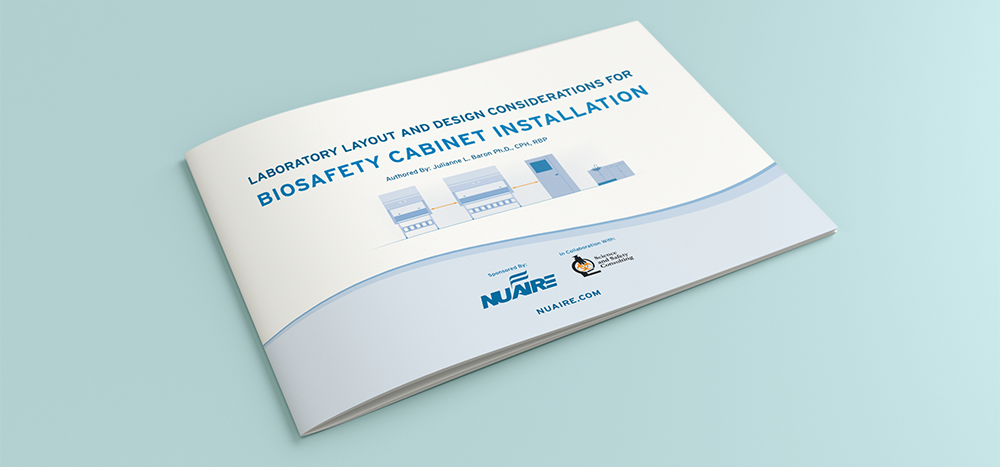Effective biosafety cabinet placement is essential for ensuring safety and containment in laboratories.

This article examines one of the most critical considerations for laboratory layouts, which is the commonly prescribed need for biosafety cabinets to have enough space around them after they are installed so that other air movements will not upset their own airflow.
But how how much space is enough? The answer may depend on which guildeline you ask!
This article summarizes, visualizes and compares the requirements and recommendations from various industry sources to serve as a resource for lab planners, architects, engineers and lab managers.
About the Author:
Dr. Julianne Baron, the President of Science and Safety Consulting, offers biosafety consulting and writing services to organizations around the country. A Registered Biosafety Professional with the American Biological Safety Association International (ABSA), she holds a Ph.D. in Infectious Diseases and Microbiology from the University of Pittsburgh and was a Postdoctoral Fellow with the National Biosafety and Biocontainment Training Program (NBBTP).
Download the guide
About NuAire
Founded in 1971, NuAire is one of the most established brands in the biocontainment industry, engineering airflow products that are optimized for applications ranging from research to diagnostics to drug compounding and even custom enclosures for lab automation equipment. NuAire also builds CO2 incubators and sells ultra-low freezers. Based in Plymouth, Minnesota, NuAire has cultivated a vast network of sales partners not only across North America but also around the world in Europe, Asia, Africa, Latin America and the Middle East. The company has built a legacy not only by striving to offer the best long-term value, the most configurability, and the most personalized after-sales support for the products it manufactures, but also by contributing its expertise to industry associations and financial support to biosafety educational efforts.
Choose NuAire as the Safer Choice
Sponsored Content Policy: News-Medical.net publishes articles and related content that may be derived from sources where we have existing commercial relationships, provided such content adds value to the core editorial ethos of News-Medical.Net which is to educate and inform site visitors interested in medical research, science, medical devices and treatments.